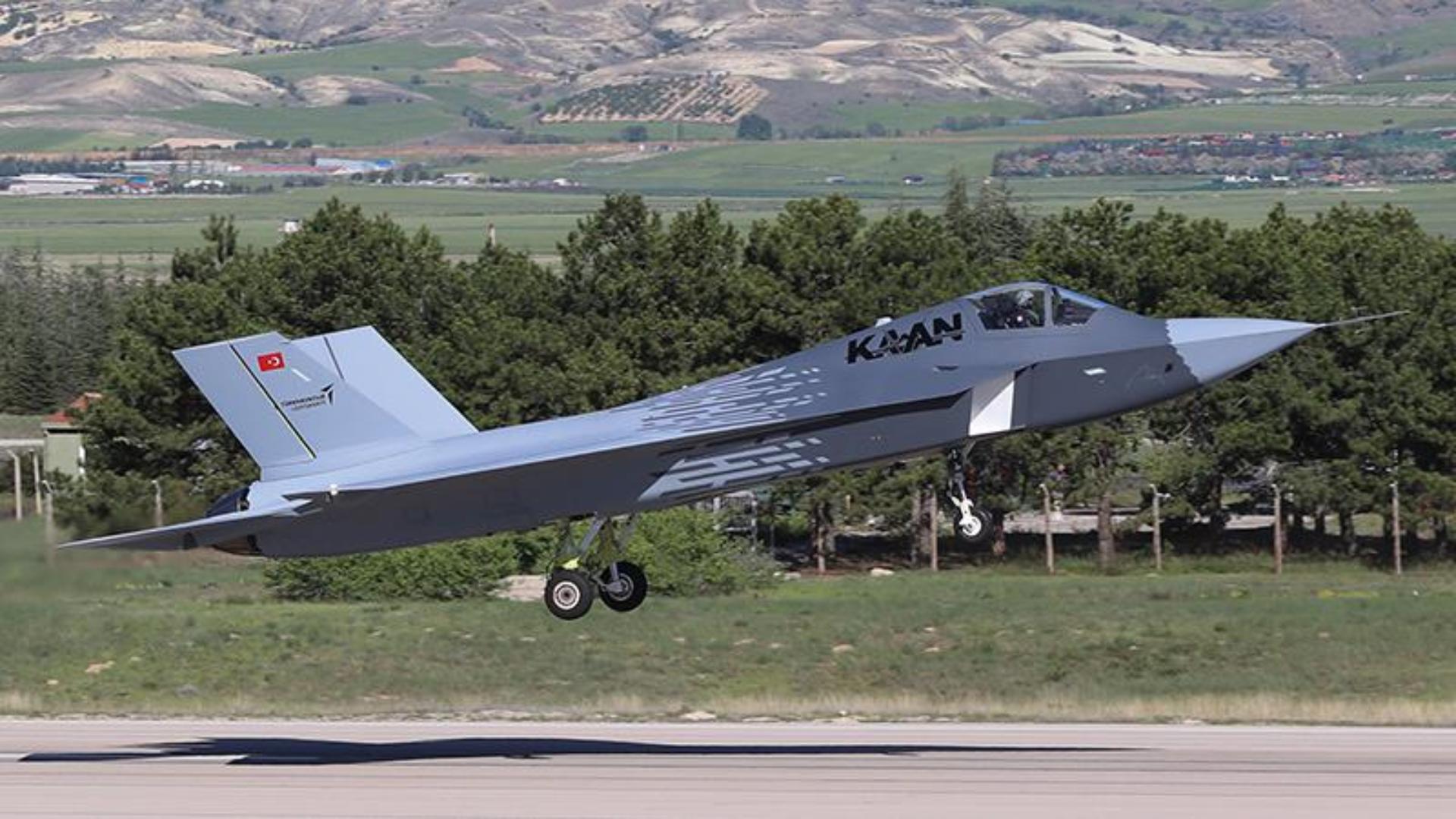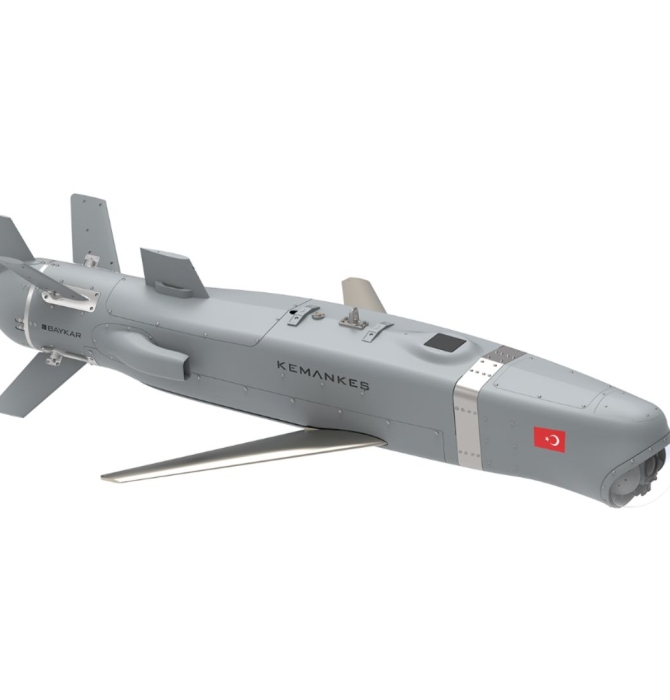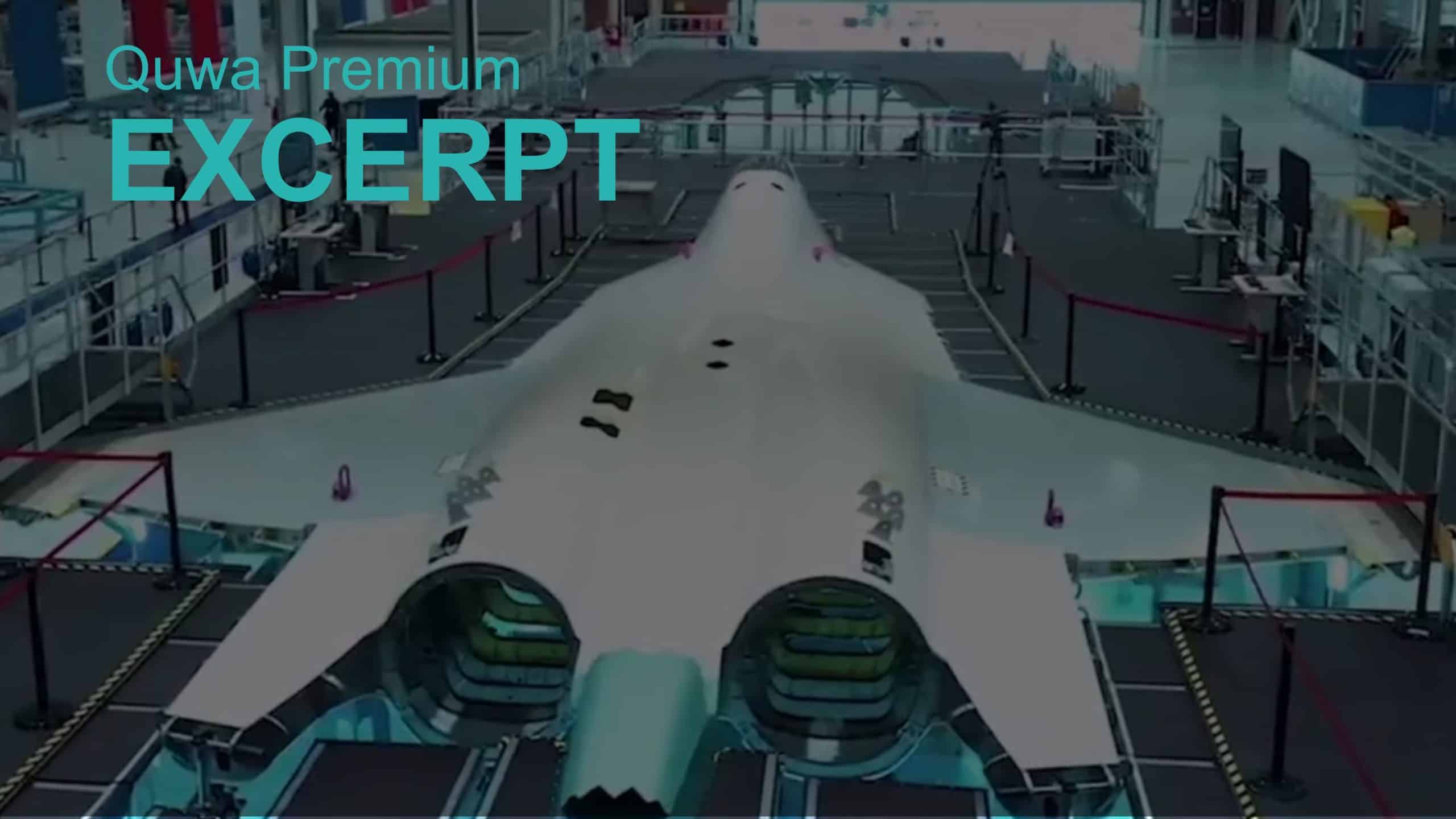13831Views

It’s Not Just About the Jet: The Real Reason Indonesia Chose Turkey’s KAAN Quwa Premium
The Indonesian government has finalized its contract with the Turkish government and Turkish Aerospace Industries (TAI) for the procurement of 48 TAI KAAN fifth-generation fighter aircraft (FGFA) for the Indonesian Air Force (TNI-AU), marking the next-generation’s platform’s first export success and a continuation of Jakarta’s mission to modernize its air force.
The finalization of the USD $10-plus billion deal on July 28, 2025, was confirmed by high-level officials from both nations and represents a significant deepening of defense and industrial ties between Jakarta and Ankara. The contract, which also includes major technology transfer and co-production clauses, offers Indonesia to join several Southeast Asian (notably Singapore and Australia) in inducting FGFAs in the coming years.
Turkish Aerospace KAAN Specifications
The KAAN is TAI’s flagship program, representing Ankara’s ambition to join the elite club of nations that can produce a stealth combat aircraft.
- Length: 20.3 m (66 ft)
- Height: 5 m (16 ft)
- Wingspan: 13.4 m (44 ft)
- Wing Area: 71.6 m² (771 ft²)
- Maximum Takeoff Weight (MTOW): 34,750 kg (76,500 lb)
- Thrust: 2 x 13,150 kgf (2 x 29,000 lbf)
- Maximum Speed: Mach 1.8
- Service Ceiling: 16,764 m (55,000 ft)
- G-Limits: +9 / -3.5 G
- Key Capabilities: The design features supercruise , high maneuverability , and an extended combat radius
The KAAN is a twin-engine, heavyweight stealth fighter, which, with a length of 20.3 meters and a wingspan of 13.4 meters, is closer in size to the F-15 Eagle than to most other NGFAs, like the South Korean KF-21 or Chinese J-35AE. This larger airframe and high maximum takeoff weight suggest the KAAN has the underlying capacity for the deep-strike role, analogous to the F-35, a unique characteristic among many emerging fifth-generation platforms.
TAI builds the KAAN’s capabilities around a multirole profile for both air-to-air and air-to-ground missions. The design features internal weapon bays to preserve its stealth profile and enables the employment of both within-visual-range and beyond-visual-range missiles. This allows for a flexible loadout focused on either air superiority or precision strikes. For missions not requiring stealth, the KAAN provides external hardpoints, significantly expanding its payload.
How the KAAN Could Shape Indonesia’s Air Power
The KAAN’s large size makes it a well-suited platform for Indonesia’s geo-security environment, which involves securing Indonesia’s maritime interests as much as its territorial integrity. In fact, the TNI-AU could leverage the KAAN for a variety of roles, from long-endurance operations at sea to, potentially, projecting a measure of power via a potential deep-strike role. For the latter, the TNI-AU could use the KAAN to hold high-value targets at risk from a distance, a significant advantage that was largely restricted to platforms like the F-35.
TAI also designed the KAAN to support next-generation air warfare concepts, like manned and unmanned teaming (MUM-T). With MUM-T, a single KAAN could direct a swarm of unmanned systems for reconnaissance or strike missions, dramatically expanding its situational awareness and combat reach across the vast Indonesian archipelago.
Overall, acquiring 48 TAI KAAN fighters alongside 42 Rafales represents the TNI-AU’s most significant modernization in its history. This future force will provide a formidable counter to the growing capabilities of regional actors like Singapore and Australia, both F-35A operators.
When measured against the TNI-AU’s current fleet, adding nearly 100 4.5 and 5th-generation fighters constitutes a radical transformation.
In terms of the KAAN, the 48 units allow the TNI-AU to stand up three to four full squadrons of 12-16 aircraft each, providing a viable fleet size for meaningful operations. This is not a token purchase but a serious fleet investment, with local production through PT Dirgantara Indonesia being critical for long-term sustainability.
This procurement roadmap should be contextualized by Indonesia’s past procurement benchmarks. Indonesian acquisitions had often been smaller and more fragmented. In contrast, the combined orders for the Rafale and KAAN demonstrate a key departure from this piecemeal approach towards a more deliberate, large-scale recapitalization of the combat fleet.
Turkey's Export Model is Built on Building Partnerships With Customers
In a major milestone, an Indonesian Air Force test pilot successfully flew a KF-21 prototype in South Korea in late June 2025, demonstrating continued, albeit altered, cooperation. This was the first time an Indonesian pilot sat in the front seat during a flight test.
The partnership also weathered a diplomatic incident in which Indonesian engineers were accused of attempting to steal KF-21 technical data. The engineers were eventually cleared, which helped ease tensions and allowed the revised funding agreement to be finalized.
End of excerpt. You’ll need to login or subscribe to Quwa Premium to access the full article.
Existing Quwa Plus/Pro members can log in below
Note: Logged in members may need to refresh the article page to see the article.


